Why should you use mycorrhizal fungi for growing cannabis?
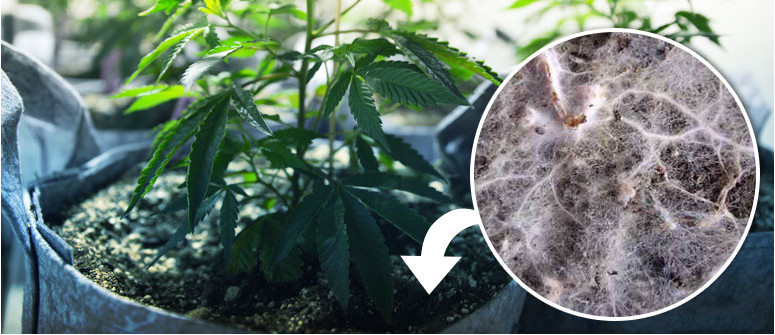
Published
Using mycorrhizal fungi when growing cannabis is a no-brainer! These fungi work with your plants' root systems to promote greater absorption of nutrients, protection against pathogens, and overall robust plant health. Find out why you should use mycorrhizal fungi in your grow, and how to make it yourself at home.
Contents:
- What are mycorrhizal fungi?
- How do mycorrhizal fungi work?
- Benefits of mycorrhizal fungi for weed
- Are mycorrhizal fungi organic?
- How to apply mycorrhizal fungi to your cannabis grow
- Can you use mycorrhizal fungi after planting?
- How to make homemade mycorrhizal fungi
- How long do mycorrhizal fungi last?
- Are mycorrhizal fungi worth it for growing cannabis?
The more we analyse soil-dwelling indigenous microorganisms like mycorrhizal fungi, the more we recognise how vital they are in keeping our cannabis plants healthy and abundant. Most critical processes that support plant health and development happen out of sight, down in the soil. All the feeding and fertilising we do is directed at replenishing precious nutrients in the soil, and mycorrhizal fungi play a significant role in this. In what follows, we examine these beneficial fungi in depth, detailing how they can benefit your cannabis grow, and even how to make your own supply at home.
What are mycorrhizal fungi?
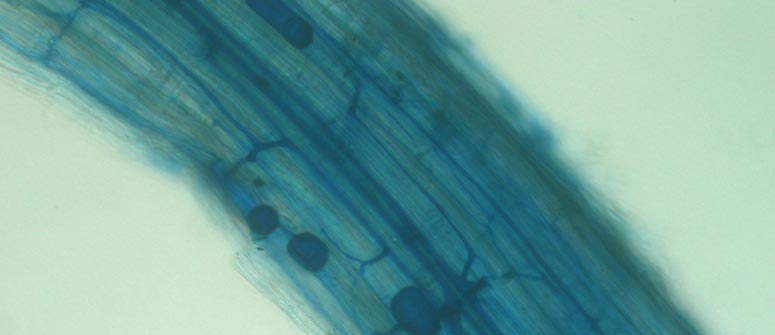
Mycorrhizal fungi are microscopic, naturally occurring fungi associated with the roots of over 90% of all plant species. The word mycorrhiza does not represent a single species of fungus, but rather a symbiotic relationship that occurs between certain fungi and the root systems of plants. Mycorrhizal fungi help the roots absorb nutrients more efficiently while also fighting off destructive soil-borne pests. The fungus then receives sugars and nutrients from the host plant in return.
Mycorrhizal fungi exist as microscopic threads called hyphae. These hyphae are all connected via a web-like network called mycelium—an intricate structure connecting plants underground via their roots, which can span for miles in established forests. Sometimes called the "wood-wide-web", this mycorrhizal network allows plants to communicate their needs to each other and re-route nutrients in the direction they are needed.
Due to the tiny size of the fungi, you are unlikely to see them with the naked eye. Still, occasionally, mycorrhizal fungi will reproduce and send fruiting bodies to the surface of the ground, which we recognise as mushrooms!
How do mycorrhizal fungi work?
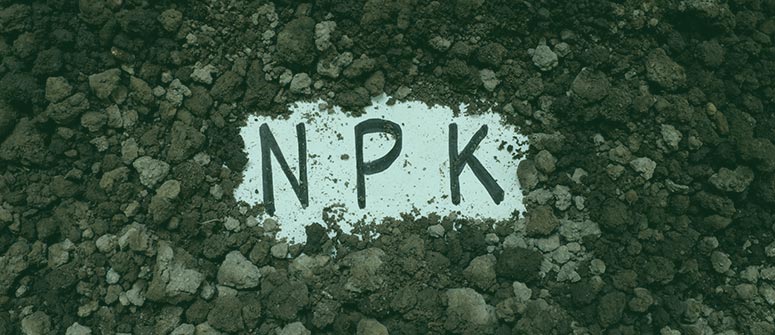
Plants, including cannabis, need nutrients to grow. The three primary nutrients required in large quantities are nitrogen (N), phosphorous (P), and potassium (K). This combination is commonly known as NPK, which you will often see listed on various cannabis fertiliser bottles. Together, these three nutrients are the key to healthy, strong, and productive cannabis plants. Managing the levels of these nutrients is an essential part of growing, and it can be done using store-bought fertilisers, as well as natural alternatives such as mycorrhizae.
Mycorrhizal fungi interface with plants in two ways. One association, called ectomycorrhiza, occurs when the fungi surround the outside of the roots. The other association, and the one we will focus on, is arbuscular mycorrhiza, or endomycorrhiza, in which the fungi grow inside the plant. The hyphae squeeze between the cell wall and the cell membranes of the roots.
Obviously, there is no sunlight underground; even if there were, the fungi could not harvest it because, unlike plants, they cannot perform photosynthesis. Plants feed the fungi by sending excess sugar produced in the leaves down to the roots. From here, the fungi can absorb it to sustain themselves. However, plants don't donate valuable sugar resources without good reason. They get a lot of help from the fungi in return, mainly in the form of nutrient absorption.
Plants absorb nutrients independently through their roots, but they can only reach so far due to their size. Mycorrhizal fungi are much smaller and can squeeze between individual bits of soil to cover almost every square inch of substrate in search of nutrients. Many plants living under challenging conditions wouldn't be able to survive at all without these fungi.
Benefits of mycorrhizal fungi for weed
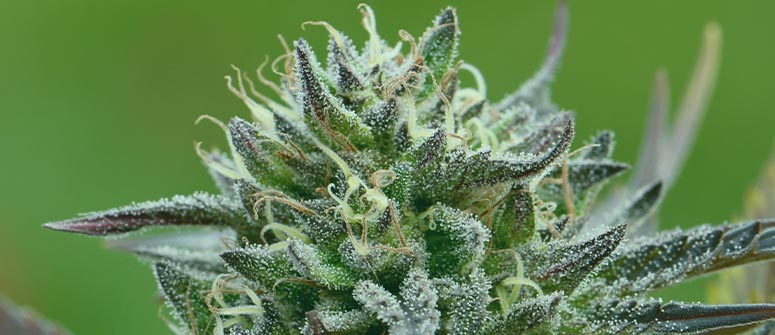
Cannabis plants can grow without mycorrhizal fungi, but using it will help to maximise your crop's potential. Although it is a natural product, media widely used for growing cannabis, such as coco coir and those with a foundation of peat moss or bark, do not naturally contain any mycorrhizal fungi. Here is why you should consider adding a mycorrhizal inoculant to your cannabis growing medium.
Optimal nutrient and water uptake
The larger root surface created by mycorrhizal hyphae allows the plant to absorb more nutrients, minerals, and water. The absorption of NPK is improved, along with micronutrients including iron, zinc, and manganese. This reduces the need for fertiliser inputs and thereby helps to prevent overfeeding.
Higher yields
Building on the above, by increasing nutrient uptake, it’s possible to achieve higher yields with less fertiliser. For example, phosphorus is an essential nutrient required by cannabis plants. Once they enter the bloom phase, the need for nitrogen decreases and the demand for phosphorus increases to give a boost to bud size and subsequent yield. However, roughly 85% of phosphorus in the soil is unavailable to plants. Mycorrhizal fungi help with phosphorus uptake by secreting unique enzymes that release phosphorus molecules, transporting them to plants in a root-soluble form. As a result, the buds can achieve maximum size and density, potentially leading to a larger harvest.
Healthier plants and roots
Mycorrhizal fungi reduce soil salinity, affecting the pH and EC levels and making the ground more suitable for plant growth. Plants that grow in association with these fungi exhibit higher stress tolerance and become more drought tolerant as the mycelium "reaches" further distances in search of water. The increased root surface area also helps to lower transplant shock and death rates.
The rhizosphere is the 1mm zone of soil surrounding a plant's roots, where the root system can influence soil biology and chemistry. The rhizosphere creates a balanced mini ecosystem where all the organisms benefit from and support each other. Bacteria play many vital roles within the root system and rhizosphere, including nitrogen fixation and plant protection. Adding mycorrhizal fungi to a growing environment encourages more life to thrive, including beneficial bacteria.
Toxicity protection
Mycorrhizal fungi strengthen plants' defences. The mycelium and rhizosphere make it significantly more challenging for pathogens to attack the plant. Studies have shown that these fungi can help to fight soil-borne pathogens including Fusarium, Pythium, and parasitic nematodes.¹
Fusarium and Pythium can lead to root rot, a fungal disease that is challenging to treat and can ravage a cannabis crop. Maintaining healthy amounts of microorganisms will improve your chances of keeping this disease at bay.
If that wasn't enough reason to use these fungi, they also produce glomalin, a glue-like element that assists in binding soil particles together, preventing soil erosion and improving soil stability. Science has found a correlation between the presence of glomalin and the direct productivity of an ecosystem.
Are mycorrhizal fungi organic?
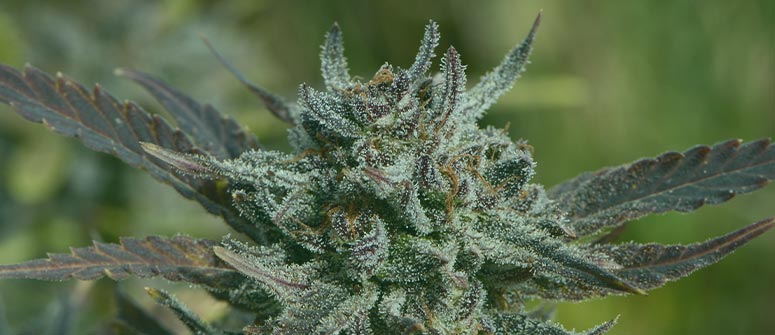
There are many reasons to grow organic cannabis, including more aromatic bud, a reduction in cost, and the fulfilment of working in partnership with nature. If you choose to "go organic", mycorrhiza is an excellent tool to incorporate.
Mycorrhizal fungi are naturally present in healthy soil worldwide. The largest known living organism on our planet is a 2,400-year-old 2,200-acre mycelial mat discovered in August 2000 in Oregon's Malheur National Forest.²
Mycorrhizal fungi are the life of our planet's soil. These beneficial fungi create a natural network of microbial life that mitigates disease, nutrition, and water concerns in growing plant life. Mycorrhiza reduces the need for tilling, irrigation, and chemical fertilisers, and helps to sequester carbon.
How to apply mycorrhizal fungi to your cannabis grow
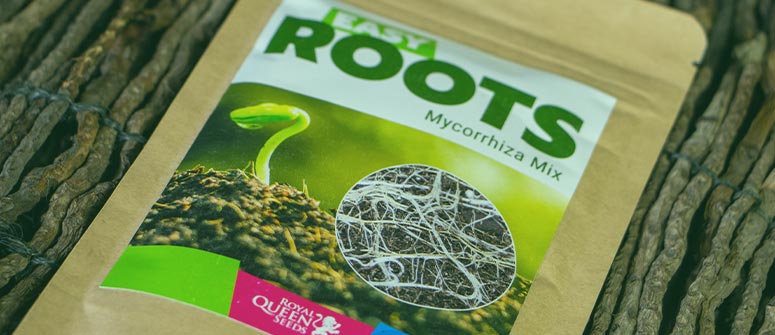
There is a wide range of mycorrhizal inoculants available for cannabis cultivation. Products usually come in a powder or granular form and are easy to use. Once mixed in with your growing media, the fungal spores penetrate deep into the substrate. Under optimal conditions, they can improve the absorption rate of your plant's root system by as much as 700%.
Sprinkle your granular mycorrhizal inoculant directly on the root ball, or in the planting hole if transplanting young plants, and make sure to water the soil well afterwards.
Can you use mycorrhizal fungi after planting?
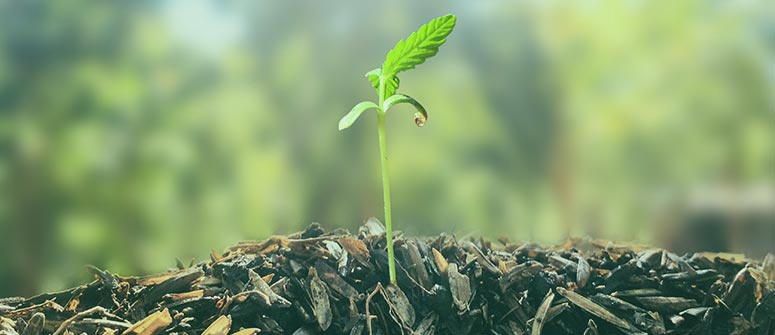
There are indeed water-soluble mycorrhiza products that you can water into your soil any time after transplanting, or to boost established plants later in their life cycle.
For best results, however, apply when planting. This method ensures that the fungi come into direct contact with the root zone.
How to make homemade mycorrhizal fungi
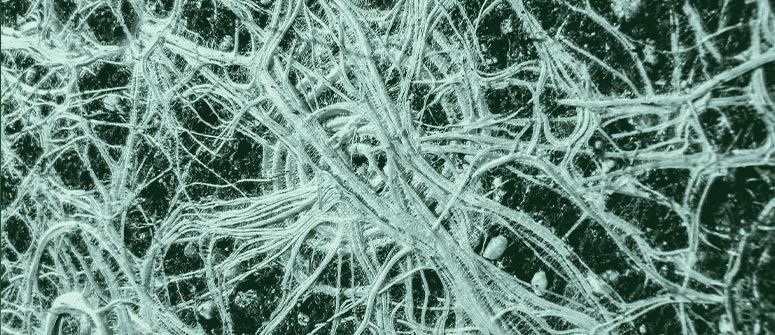
Natural soil contains hundreds of different species of mycorrhizal fungi, but most commercially sold products only include a few at most. However, cannabis growers can make homemade solutions that will most likely contain more species than a store-bought product. Just be aware that the following process will take about three months to complete.
- Step 1: First, collect a bucket's worth of soil (or more if necessary), ideally from grassland with healthy perennials. The ground needs to have not been cultivated or disturbed recently so that all the mycorrhizal connections remain established.
- Step 2: Next, sow a combination of grassy plant species into the soil. This is so the new plants become inoculated with mycorrhizal fungi, thus increasing their presence in the ground. These fungi have a stronger relationship with some plant species over others; wheat, oats, onion, leek, and corn are most suitable.
- Step 3: Combine with legume species such as peas, clover, lentils, or beans for best results. The aim is not to produce healthy plants; instead, to use them as bait to encourage the fungi to increase in population.
- Step 4: Regularly water the contents of the container, keeping it moist. Do not dig or disturb the contents, as this will be detrimental to the mycorrhizal fungi. After three months, the container should have become a thriving mycorrhizal environment.
- Step 5: To harvest your fungi, cut the plants down at the stem and abstain from watering for around ten days. This allows the plants to die and the fungus to produce spores.
- Step 6: After ten days, remove the roots and cut them into small, fingertip-sized pieces. Now, mix them back into the soil about halfway down the container. Your fungi are now ready to use. Use in the same way you would a granular mycorrhiza product, concentrating on and around the root zone.
How much mycorrhizal fungi should you use?
When buying specialised mycorrhiza products, the description will tell you how the product should be applied and in what dosage. Usually, there will be a measuring scoop included for ease of use. As most mycorrhiza products are organic, it would be difficult to overdose your plants. If you feel your plant could benefit from a little more, go ahead.
The critical thing to remember is that the fungi must come in direct contact with roots to do their job. Always apply mycorrhizal fungi directly to the plant's root system or surrounding area.
While mycorrhizal fungi is a great tool to help plants make the most of the nutrients in the soil, it is not a fertiliser. Use it alongside a suitable feeding schedule explicitly tailored to your plant species.
How long do mycorrhizal fungi last?
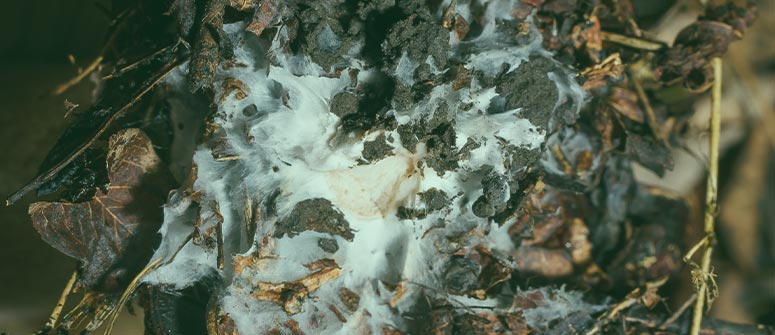
Like most fungi, mycorrhizal spores are highly resistant. They can survive many years in host soil without the presence of plant roots. Therefore, the shelf life of most store-bought products will usually be at least two years.
Problems can arise from the conditions in which products are stored, however. For example, temperature extremes, dampness, or exposure to contamination by other sources may negatively affect spore quality. For this reason, follow the guidelines on product storage and discard any remaining product after two years.
Are mycorrhizal fungi worth it for growing cannabis?

Mycorrhizal fungi are invaluable to plant life, and therefore invaluable to cannabis growers. They can be found in some form or another in just about every ecosystem worldwide. Whole forests and ecosystems wouldn't exist in many places without the help of their mycorrhizal friends.
Harnessing mycorrhizal fungi when growing cannabis is a no-brainer! It's a win-win. Your plants access more minerals and nutrients than they would without the fungi, which receives more carbohydrates than it needs to grow in turn. So, both the roots and fungi will grow larger, and larger roots mean bigger, more robust plants with better yields. What’s not to like?
References:
1. Goicoechea N. Mycorrhizal Fungi as Bioprotectors of Crops Against Verticillium Wilt—A Hypothetical Scenario Under Changing Environmental Conditions. Plants. 2020;9(11):1468. doi:10.3390/plants9111468
2. Largest Living Thing | Mushroom in Oregon. www.extremescience.com. Accessed October 14, 2022. http://www.extremescience.com/biggest-living-thing.htm
.jpg)
.jpg)

.jpg)